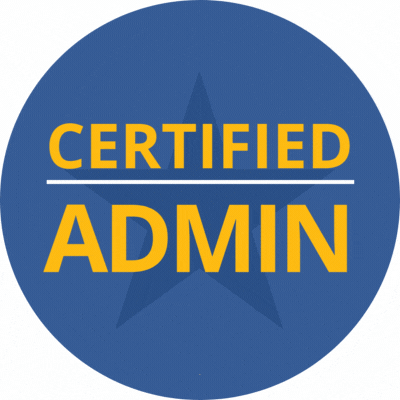Hello,
I’m new here and grateful for this resource. I’ve been advised to start a new topic regarding some ongoing issues with our organization’s setup of Incident IQ after the initial implementation. Some of these issues were raised with Incident IQ support previously, but from what I understand, they weren’t fully addressed or configured as planned. I’m coming in at the end of this process, so I wanted to outline the key concerns.
Here are the main issues:
-
Routing Pathways: We need to create missing routing pathways to ensure events are routed correctly for both pending and approved organizations.
-
Calendar Integration: The calendar integration needs fixing so that manually approved events display the correct approval icon on the calendar.
-
Manual Toggle for Missing Organizations: We need to finalize the manual toggle for missing organization names. This will allow admins to process events without requiring organizations to resubmit their requests.
-
Shortcut Routing Issues: There are routing issues with shortcuts like “Send to IT,” “Send to Facilities,” etc. These tickets aren’t being routed correctly.
While the issues above have more details, I’ve summarized them here for clarity. I can provide additional specifics as needed. For now, I’m looking for general guidance on how to start addressing these four points.
In addition to these, I have two more specific requests:
-
User Calendar Permissions: I need to grant users permission to view the calendar, either within Incident IQ or through an external calendar (e.g., Outlook). This seems to be a simple issue: two users are unable to see the “district-wide calendar” (presumably the events calendar within Incident IQ, not an external Outlook calendar). The solution might be to add these users to a team that already has the necessary permissions.
-
Hardware Association with Tickets: We have PCs imported into Incident IQ, but they aren’t properly linked when creating a ticket. I need to associate a specific machine with a ticket, but currently, I have to manually enter the machine's name in the comment section for reference.
I would appreciate any advice or suggestions on how to resolve these concerns.
Thank you!




